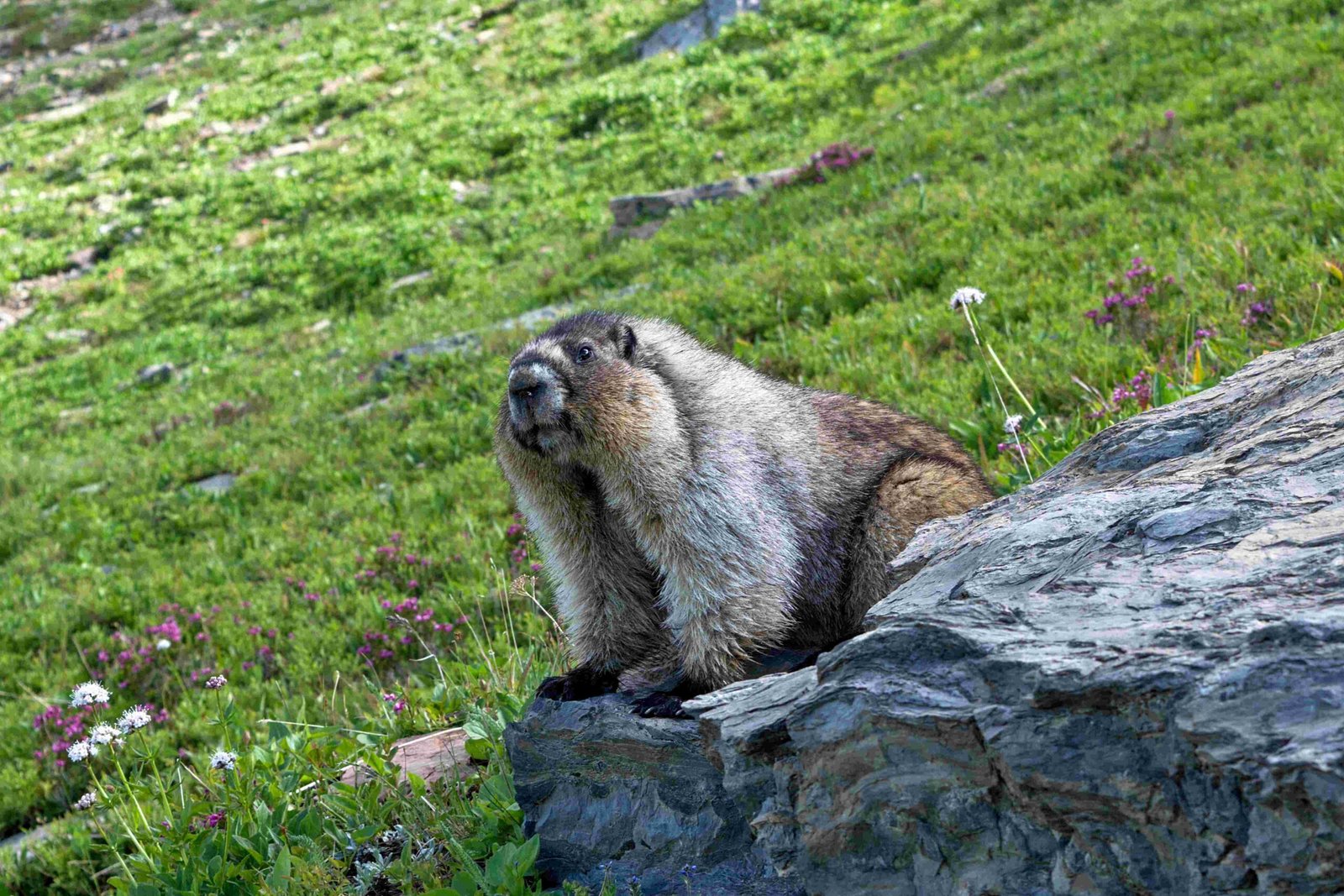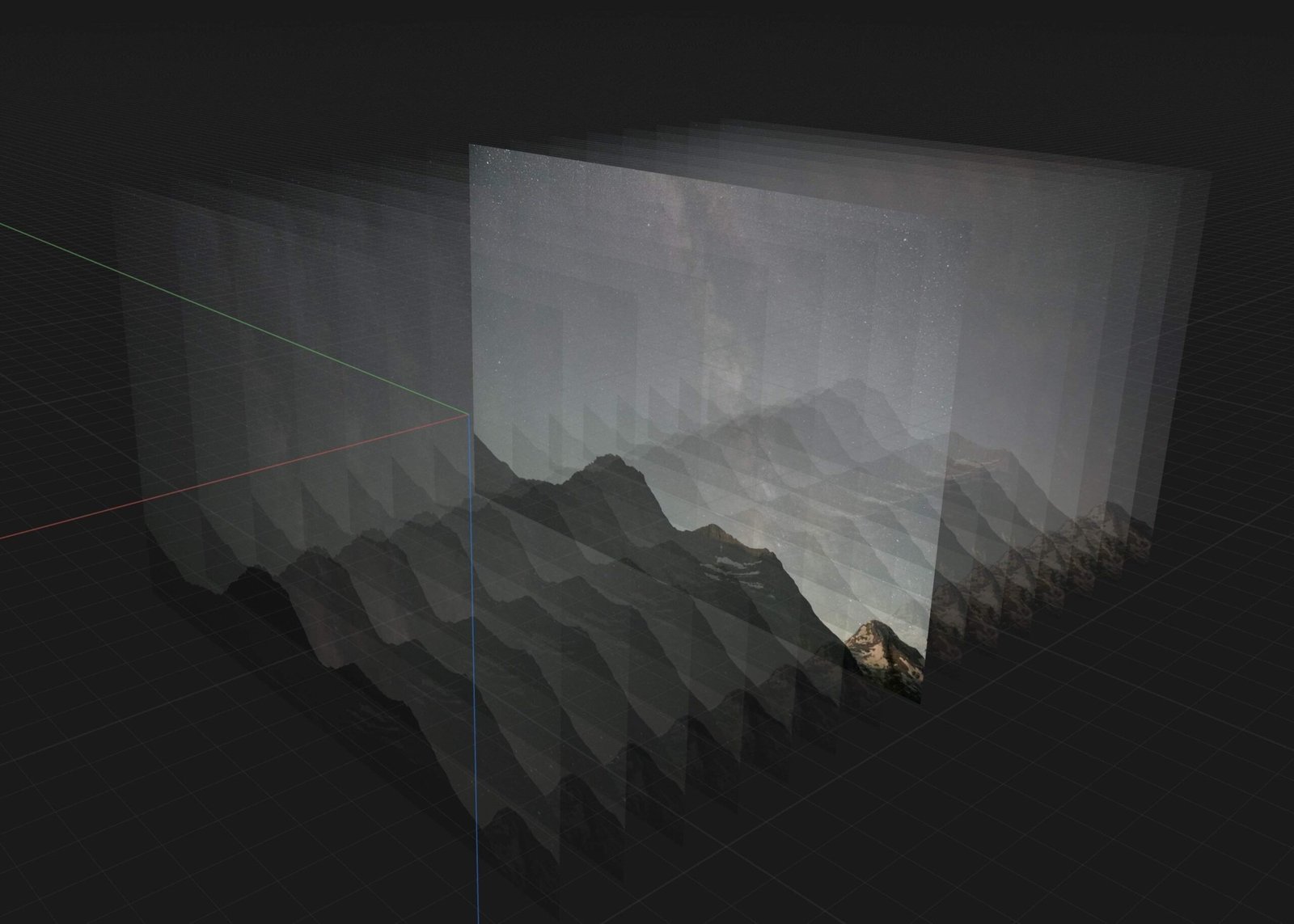Cueva las Manos and Glacier National Park are two distinct natural wonders located on different continents. While Cueva las Manos is an archaeological site in Argentina known for its ancient rock art, Glacier National Park is a vast wilderness area in Montana, USA, famous for its rugged mountains and pristine lakes. Despite their geographical separation, both sites offer unique insights into human history and natural beauty. This article explores the characteristics, cultural significance, and visitor experiences of these two remarkable locations.
What are the Key Differences Between Cueva las Manos and Glacier National Park?

Cueva las Manos and Glacier National Park represent vastly different aspects of natural and cultural heritage:
- Location:
- Cueva las Manos: Santa Cruz Province, Argentina
-
Glacier National Park: Montana, United States
-
Type of Site:
- Cueva las Manos: Archaeological site with prehistoric rock art
-
Glacier National Park: National park with diverse ecosystems and glacial landscapes
-
Age:
- Cueva las Manos: Rock art dates back to 13,000-9,500 BC
-
Glacier National Park: Established in 1910, but geological features are millions of years old
-
Main Attractions:
- Cueva las Manos: Ancient hand paintings and hunting scenes
-
Glacier National Park: Glaciers, mountains, lakes, and diverse wildlife
-
Cultural Significance:
- Cueva las Manos: Provides insights into prehistoric Patagonian cultures
- Glacier National Park: Important to various Native American tribes and modern conservation efforts
How Does the Historical Significance of Cueva las Manos Compare to Glacier National Park?

While both sites hold historical importance, their significance differs greatly:
Cueva las Manos:
- Dates back to prehistoric times (13,000-9,500 BC)
- Showcases one of the oldest examples of rock art in South America
- Provides evidence of early human habitation in Patagonia
- Offers insights into prehistoric hunting techniques and cultural practices
Glacier National Park:
- Established in 1910 as a national park
- Contains archaeological sites dating back thousands of years
- Holds spiritual and cultural significance for Native American tribes
- Represents the conservation movement of the early 20th century
What Unique Geological Features Can Be Found at Each Site?
Both locations boast remarkable geological features:
| Feature | Cueva las Manos | Glacier National Park |
|---|---|---|
| Rock Formations | Volcanic rock caves and canyons | Rugged mountains and glacial valleys |
| Water Bodies | Pinturas River | Over 700 lakes and numerous waterfalls |
| Geological Age | Rock formations date back millions of years | Rocks up to 1.6 billion years old |
| Unique Elements | Mineral pigments used in rock art | Receding glaciers and glacial moraines |
How Do the Indigenous Cultures Associated with Each Site Differ?
The indigenous cultures associated with these sites have distinct histories and traditions:
Cueva las Manos:
- Associated with the Tehuelche and Auca peoples of Patagonia
- Rock art reflects hunter-gatherer lifestyle and spiritual beliefs
- Evidence of continuous cultural practices over thousands of years
Glacier National Park:
- Traditional homeland of the Blackfeet, Salish, and Kootenai tribes
- Sacred sites and traditional hunting grounds within the park
- Ongoing cultural connections and tribal involvement in park management
What are the Main Challenges in Preserving These Sites?
Both locations face unique preservation challenges:
- Cueva las Manos:
- Protection of fragile rock art from environmental factors
- Managing visitor impact on the archaeological site
-
Balancing accessibility with conservation needs
-
Glacier National Park:
- Climate change causing rapid glacier retreat
- Managing increasing visitor numbers
- Preserving wildlife habitats and ecosystems
- Wildfire management and prevention
How Do Visitor Experiences Differ Between Cueva las Manos and Glacier National Park?
The visitor experience at each site is distinct:
Cueva las Manos:
- Guided tours of approximately one hour
- Focus on archaeological and historical interpretation
- Limited facilities due to remote location
- Emphasis on educational and cultural experiences
Glacier National Park:
- Diverse range of activities including hiking, camping, and wildlife viewing
- Extensive network of trails and scenic drives
- Multiple visitor centers and lodging options
- Opportunities for both day trips and extended stays
What Conservation Efforts are in Place at Each Location?
Both sites have implemented conservation measures:
Cueva las Manos:
- UNESCO World Heritage Site designation (1999)
- Restricted access and mandatory guided tours
- Ongoing research and documentation of rock art
- Collaboration with local communities for site protection
Glacier National Park:
- National Park status provides federal protection
- Climate change research and monitoring programs
- Wildlife conservation initiatives
- Sustainable tourism practices and visitor education
How Can Visitors Plan a Trip to Both Locations?
Planning a trip to both locations requires careful consideration:
- Travel Logistics:
- No direct route between the sites due to their distant locations
-
Separate trips recommended for each destination
-
Best Time to Visit:
- Cueva las Manos: Year-round, but spring and fall offer milder weather
-
Glacier National Park: June to September for full access to park facilities
-
Transportation:
- Cueva las Manos: Accessible by car or organized tour from nearby towns
-
Glacier National Park: Car rental or shuttle services within the park
-
Accommodation:
- Cueva las Manos: Limited options in nearby towns
-
Glacier National Park: Various lodges, campgrounds, and hotels in and around the park
-
Preparation:
- Research each location’s specific requirements and regulations
- Book tours and accommodations in advance, especially for Glacier National Park during peak season
While it’s not feasible to visit Cueva las Manos and Glacier National Park in a single trip, both offer unique and enriching experiences for those interested in natural and cultural heritage. Whether exploring ancient rock art in Argentina or marveling at glacial landscapes in Montana, visitors to these sites will gain a deeper appreciation for the diverse wonders our planet has to offer.
References:
1. UNESCO World Heritage Centre – Cueva de las Manos
2. National Park Service – Glacier National Park
3. Bradshaw Foundation – Cueva de las Manos
4. Global National Parks – Cueva de las Manos